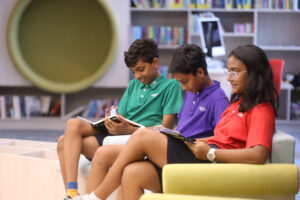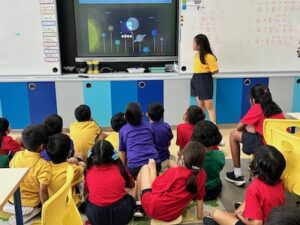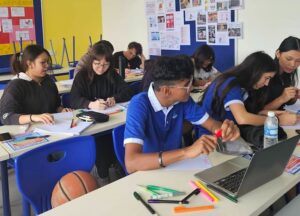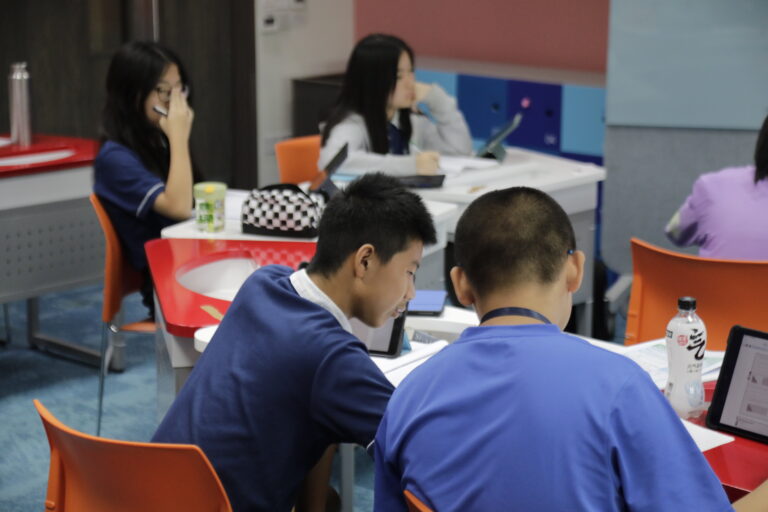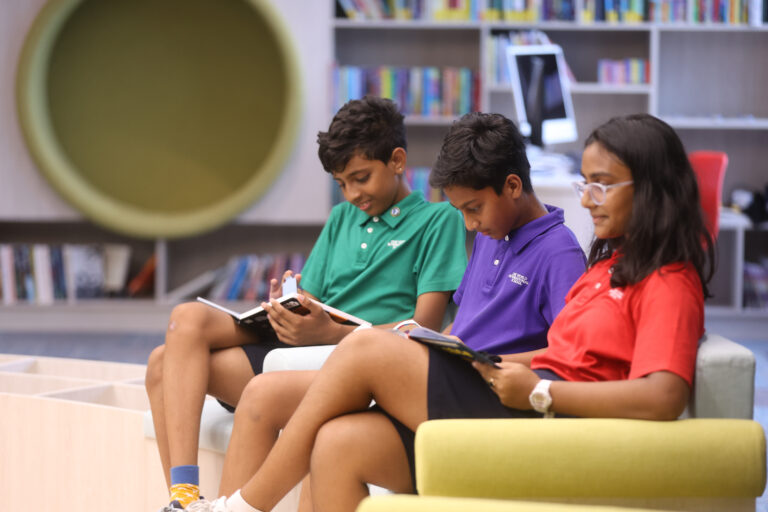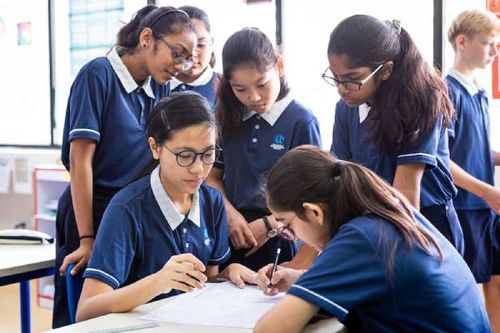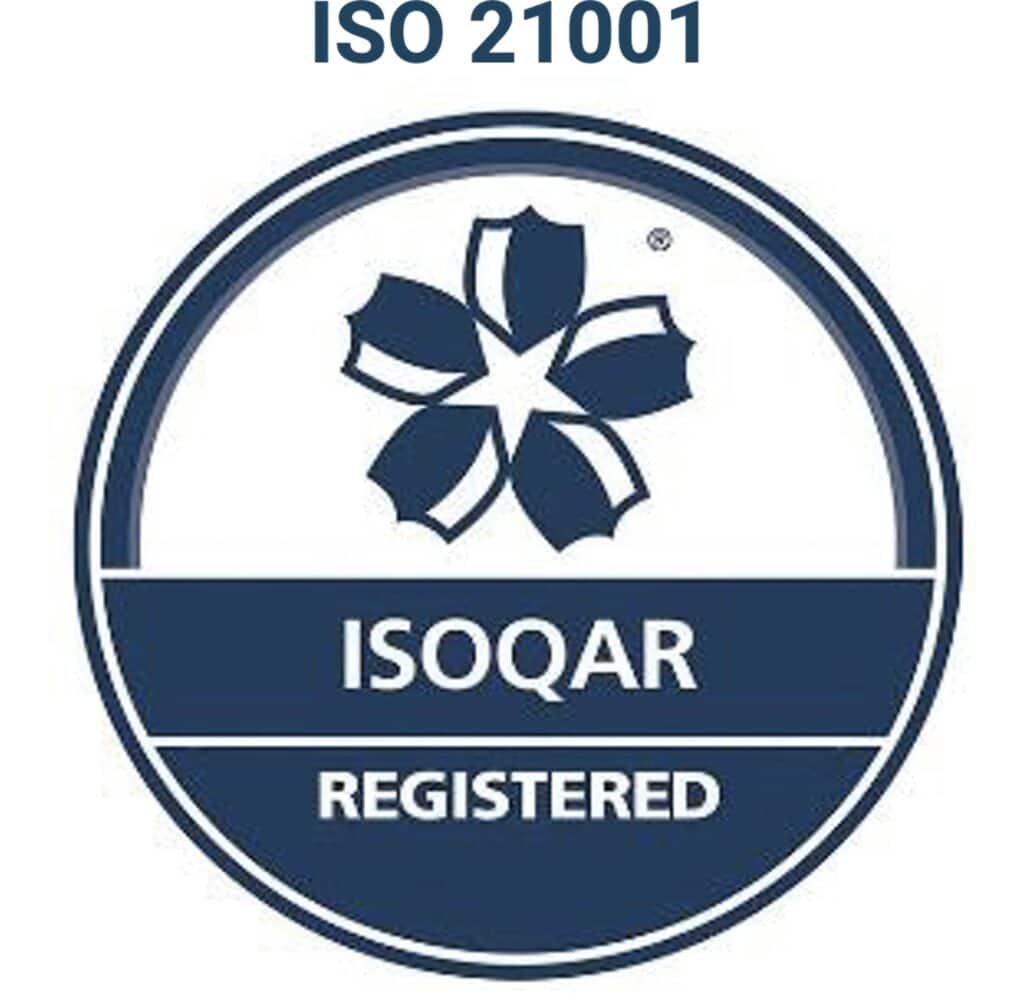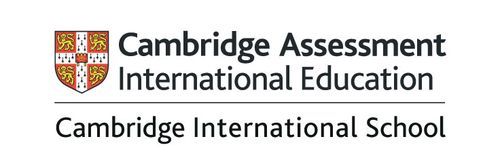Educators are more than just teachers — they are also classroom managers who play an integral role in creating a safe, healthy and nurturing environment for their students.
Managing classroom behaviours has long been part of working in a school setting, but the best practices for promoting positive behaviour and discouraging poor behaviour have changed over the years.
Recently, restorative practice has been considered the gold standard for correcting behaviour and promoting a positive culture in the classroom.
What is Restorative Practice in Schools?
Restorative practice is a set of standards that focuses on relationship building and repairing harm due to poor choices rather than punitive measures in response to behaviour incidents. It is based on a concept that was successfully used in the justice system and is now regarded as one of the best ways to promote positive behaviour in the classroom setting.
Key Components of Restorative Practice

While restorative practice looks different from one school to the next, the strategies include the same key components:
- Focus on Relationships
The foundation of restorative practice lies in relationship building, and the only way that restorative practices can be effectively implemented in a school setting is if teachers, administrators and students work together to create a cohesive community. Efforts must be made to improve communication and increase connections throughout the community so that everyone feels that they have a voice that matters and the ability to make a positive contribution.
In addition to a broad plan to build community at school, restorative practices also require educators to:
- Design targeted plans to improve conflict resolution at school. These practices can be implemented if there is a behaviour incident. It’s essential to have a strategic and consistent strategy in place so that students are experiencing the same type of care in these circumstances.
- Create intensive resolutions for students with more severe infractions within the school building. These may include collaborating with parents and determining a behaviour plan that is designed to reduce incidents without relying heavily on punishment.
- Focus on Repair
If a behaviour incident has caused physical or emotional harm, restorative practices require educators and students to focus on repairing the relationship. This may come in the form of a conflict resolution meeting between the students involved or a parent-teacher meeting to create a plan that includes at-home support.
- Emphasis on Behaviour Modelling
The key to successfully creating and implementing a restorative practice strategy in any school is to model the positive behaviour that is expected of the student population. Teachers and staff members must be willing to adhere to the same guidelines and show the same level of respect that they expect. By modelling appropriate behaviour — and showcasing how to handle disagreements productively and responsibly — educators can set the stage for what they expect from their students.
Implementing Restorative Practices in Schools
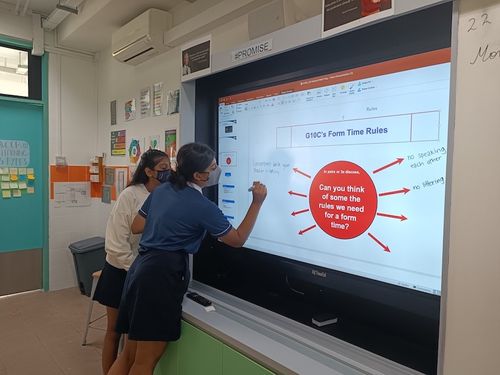
Any restorative practice strategy should be multifaceted and can be implemented in a variety of ways. Here is how we are implementing this practice at OWIS:
- Working Together to Decide on Classroom Rules and Expectations
Rather than laying out explicit rules and establishing consequences for particular actions, teachers can create a more cohesive community in their classroom by working with students to establish . In this scenario, students can provide input on what rules they believe should be followed and discuss and agree on a set of rules together. By giving them voice and choice in the classroom, students will likely be more naturally inclined to follow them.
- Creating Essential Agreements
Essential agreements are documents that can be developed between teachers and students and are often displayed in a common area of the school or classroom. Also known as a respect agreement, these documents are created as one of the first activities we do every academic year to set the standard for the school year. The document may include behaviour expectations for the classroom, expectations for treating yourself and others with respect and how the class can respect the school property and campus.
- Relying on Restorative Conversation and Inquiry Techniques
Restorative communication techniques allow students to share their feelings and experiences safely and without judgement. Some examples of restorative inquiry and conversation questions include:
- “What can be done to make this situation right?”
- “How did you feel when this incident occurred?”
- “Who else was impacted? How did they feel as a result?”
- Mindfulness Practices
Mindfulness practices, such as meditation, yoga and journaling, allow our students to understand their feelings better, accept their mistakes and learn to grow from them. Mindfulness techniques are a natural way to curb frustration and anger and can help minimise instances of poor behaviour. At OWIS, our Primary School has a dedicated lesson for this and it is embedded in our Secondary School’s Tutor Time programme.
Restorative Practice at One World International School
At OWIS Singapore, our teachers and administrators believe that restorative practices in the classroom are the best way to encourage positive behaviour and a growth mindset in all students.
We have developed and implemented a robust Pastoral Care Programme that aims to support whole-child development and promote student well-being. Our Pastoral Care Programme can be effectively implemented thanks to our small class sizes and our commitment to modelling appropriate behaviour in the school setting.
Our Pastoral Care Programme is available to Primary and Secondary school students, and it is rooted in the best restorative education practices.
For more information about how we are implementing restorative practice at OWIS Singapore, contact us today and schedule your campus tour.


